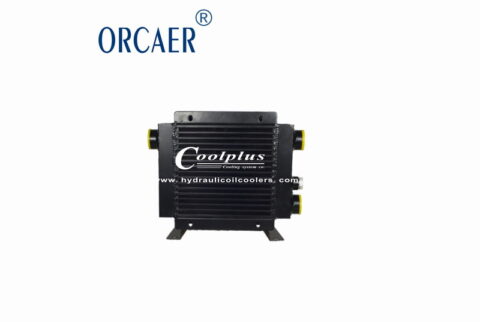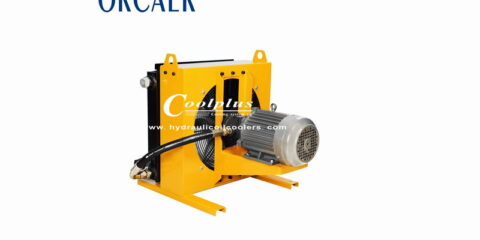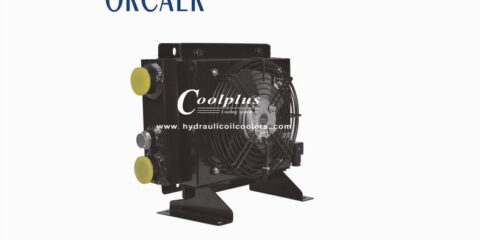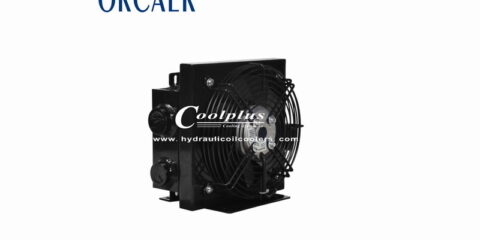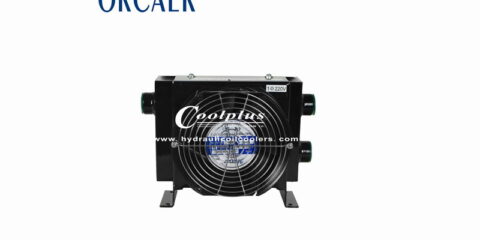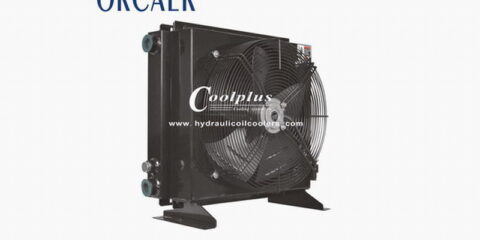
Olaer Oil Cooler LOC ,ECO,LAC,LDC,LHC,LOC ULDC Series e Plate-Fin Heat Exchanger(Oil Cooler)
#ORCAER,#OLAER,#PARKER, #oilcooler,#hydraulicoilcooler,#aircooledcooler,#heatexchanger,#LAC002-2,#LAC003-2,#LAC004-2,#LAC002-2,#LAC007-4,#LAC007-2,#LAC2007-4,#LAC2007-2 ,#LAC2011-4 ,#LAC2011-2,#LAC2016-6,#LAC2016-4,#LAC2016-2,#LAC2023-6,#LAC2023-4,#LAC033-6,#LAC033-4,#LAC044-6,#LAC044-4,#LAC056-8,#LAC056-6,#LAC056-4,#LAC058-8,#LAC058-6,#LAC058-4,#LAC076-8,#LAC076-6,#LAC078-8,#LAC078-6,#LAC110-8,#LAC110-6,#LAC112-8,#LAC112-6,#LAC113-8,#LAC113-6,#LAC200-8,#LAC200-6
Olaer Oil Cooler Characteristics:
LOC series of aluminium wind condenser is made from aluminium which is light weight and has high resistant against vibration and high efficiency in heat exchange .In terms of the structure, a fin is placed inside the heat pipe to bring the heat away by air. As a result, a profit can be earned from the low cost and high efficency of cooling effect can be obtained.Thus, it will be an effective heat exchanger in the market..
As the plate – fin aluminum high-pressure air cooler has the following advantages, it is being widely used among the world, especially in Europe.
- Based on environmental awareness, the air is the best option.
- Water supply is not required.
- Avoid the complexity of the water-cooled radiator piping, especially due to the breakage of the water pipes and internal steel pipe which results in the mixture of water and oil and leads to fatal destruction of the system.
- Energy saving and environmental protection..
- The cost is low and the maintenance is simple.
Olaer Oil Cooler parameter:
Cooler element,plate-fin heat exchanger,in high resistance aluminum alloy,carried out through a construction process,which used a special system of braze welding.
Test pressure : 30Bar.
Operating pressure : 20Bar.
Max operating temperature : 120℃
To preserve the heat exchanger, when installed on the return line of the system,a by pass valve should always be mounted in parallel to the exchanger in order to avoid excessive pressure surges.
An alternate piping method used a separate circuit from the reservoir with a small pump to drive the oil through the heat exchanger.
